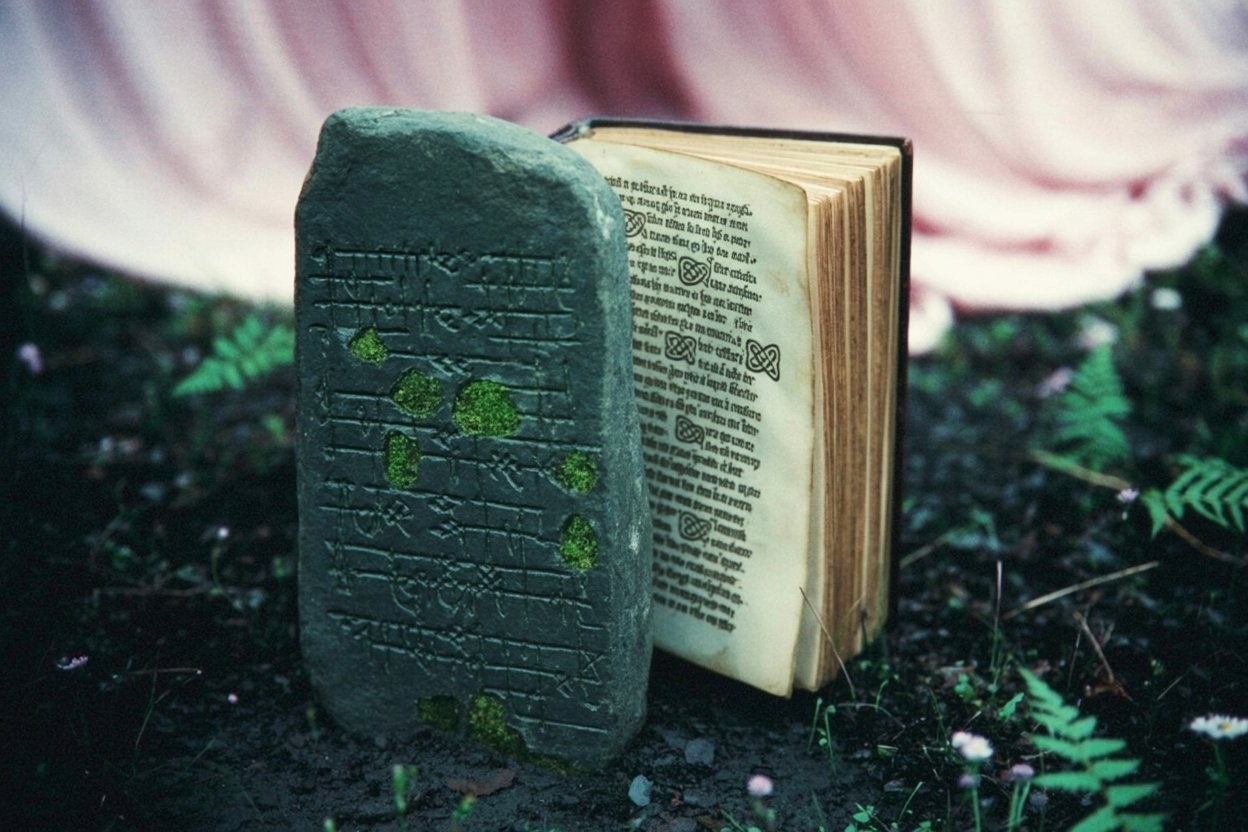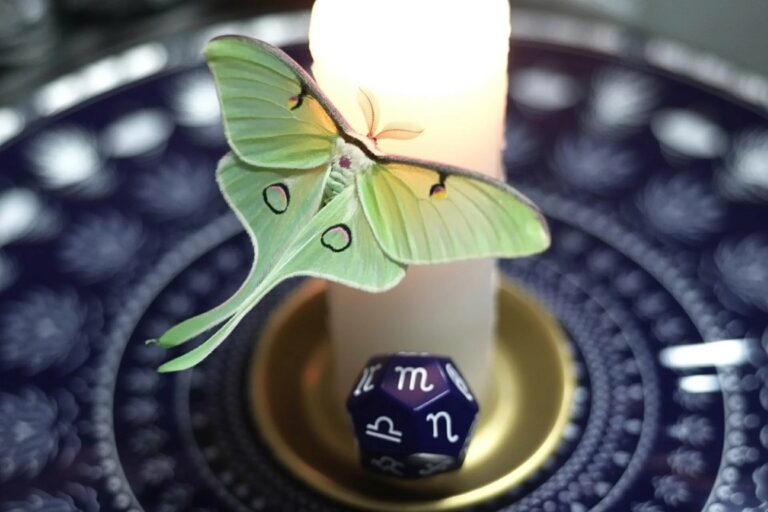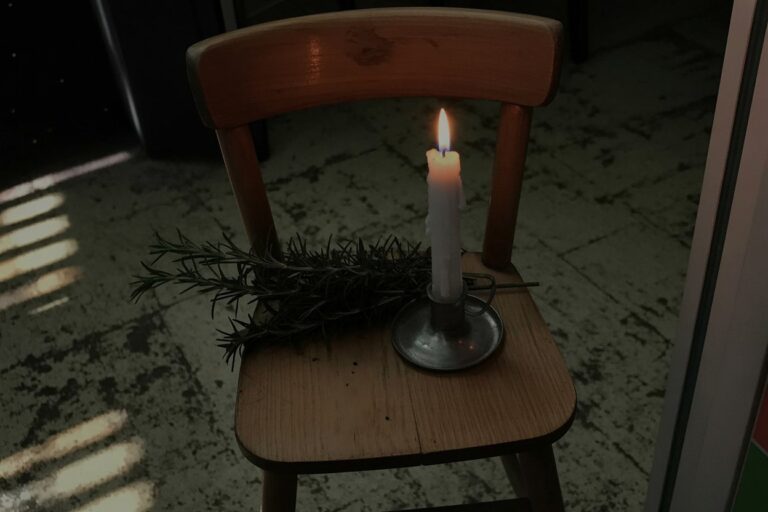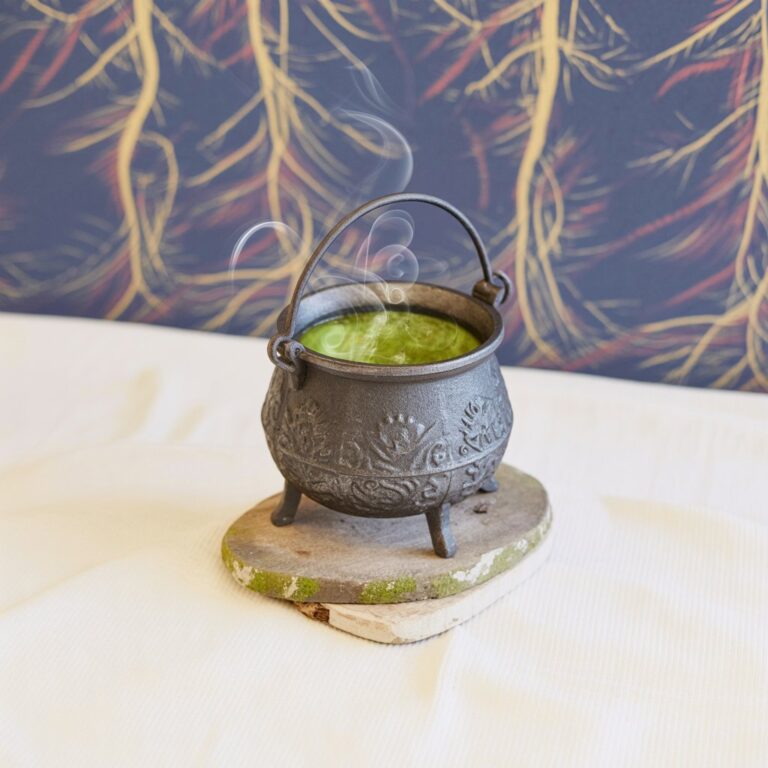How to Pronounce the 8 Sabbats of the Witch’s Wheel of the Year
Please note that posts on this site may contain affiliate links
You’re reading about the Wheel of the Year, excited to celebrate your first sabbat, and then you see it: Samhain. Or maybe Imbolc. Or Lughnasadh.
How do you even say these words out loud?
Getting the pronunciation right matters. When you’re talking with other witches, you want to sound like you know what you’re doing. More than that, though, these names carry history. The way a word sounds tells you something about the people who first spoke it, the landscape they lived in, and whether the holiday you’re celebrating has roots stretching back centuries or was thoughtfully created in the 1970s.
Both are valid. But knowing the difference changes how you relate to these celebrations.
How To Say Samhain
Pronunciation: SOW-in (rhymes with “cow-in”) or SAH-win
Samhain trips up more witches than any other sabbat name. You might see it and think “Sam-hane,” but that reading assumes English spelling rules. This word comes from Old Irish, where the combination “mh” produces a “w” or “v” sound.
The name means “summer’s end.” In Old Irish, samhain marked the close of the pastoral season, when cattle were brought down from summer pastures. The holiday appears in Irish literature as early as the 10th century, though the practices it describes are likely older.
This pronunciation difficulty is actually good news. If the name were made up to sound mysterious, it would be easier to say. The fact that Samhain requires you to learn Irish phonetics means you’re working with something that came from an actual language community, not a fantasy novel.
Modern Irish still uses Samhain for November. When you say it correctly, you’re speaking a word that has been passed down through generations of Irish speakers, shifting slightly in sound over centuries but staying recognizably itself.
If you want to hear native pronunciation, the Irish dictionary Teanglann has audio recordings.
More Samhain resources:
- Call on Hekate To See The Future This Samhain
- Halloween / Samhain Decor Ideas For Witches
- Making Happy Halloween a Sacred Samhain
- Samhain Activities For Solitary Witches
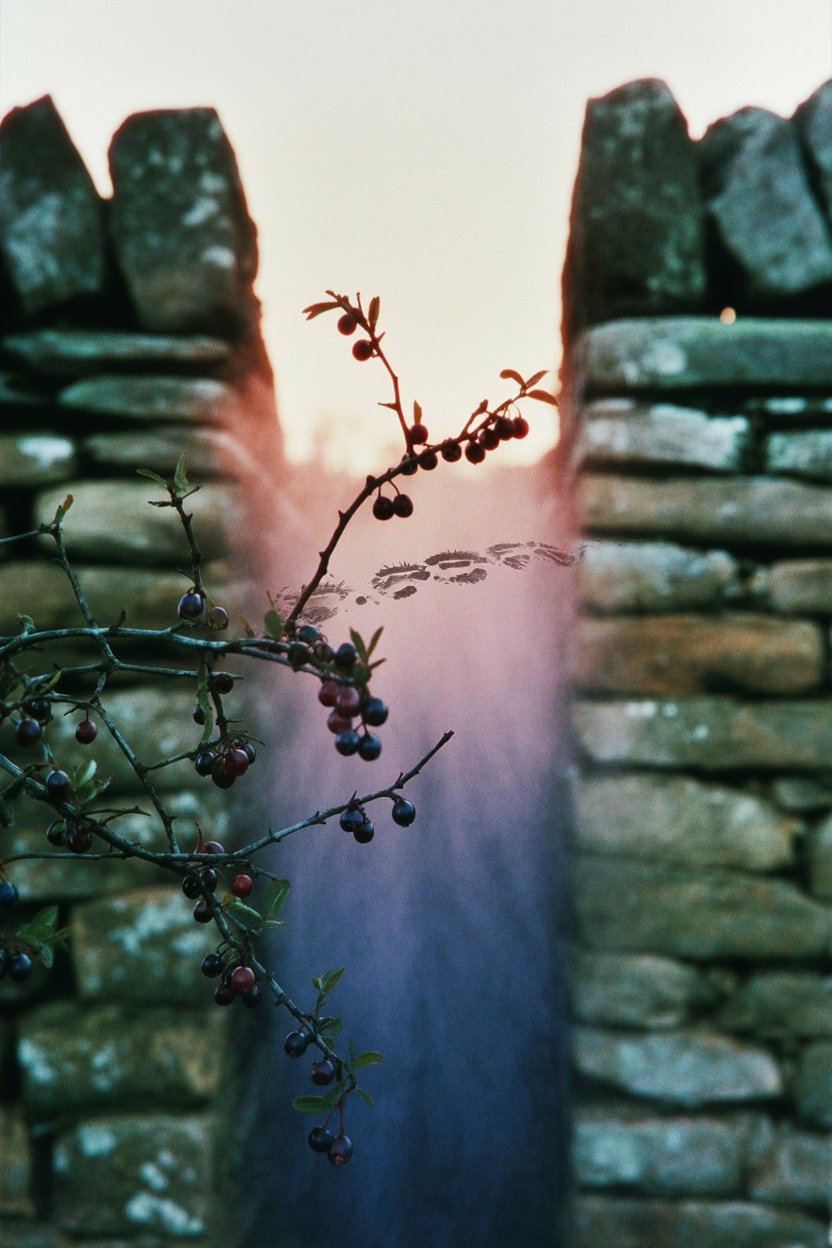
How To Say Yule
Pronunciation: YOOL
Yule is straightforward if you speak English. The word comes from Old English ġēol, which named both a midwinter festival and the months around it. The early Germanic peoples tracked time using lunar months, and what we call December and January were known as “before Yule” and “after Yule.”
The word appears across Germanic languages with slight variations. Old Norse jól, modern Icelandic and Norwegian jól, Danish and Swedish jul. All these words descend from a common Germanic root, though linguists still debate whether it connects to anything older in Proto-Indo-European.
What matters for pronunciation: this is a word English speakers already half-know. “Yuletide” appears in Christmas carols. The sound hasn’t changed much because it’s been continuously used in English-speaking communities for over a thousand years.
The Anglo-Saxons celebrated Yule as a multi-day festival. When they converted to Christianity, the timing and some practices were absorbed into Christmas celebrations. The name survived.
Yule celebration guides:
- The Meaning Of Yule: Why We Celebrate The Coming Of The Sun
- Yule Activities For Green Witches
- Journal Prompts for Yule
- Yule Altar Symbolism And Decorations
How To Say Imbolc
Pronunciation: IM-bulk or IM-bolg (with a guttural final ‘g’)
Imbolc appears in Irish texts from the 10th century onward, associated with the beginning of spring and the lactation of ewes. The most common etymology traces it to Old Irish i mbolc, “in the belly,” referring to pregnant sheep in late winter.
Some scholars propose a connection to Proto-Indo-European roots for “milk” or “cleansing.” The historical poems that mention Imbolc link it to ewe’s milk and purification rituals, so both meanings resonate with the holiday’s themes.
What makes this word interesting is how the etymology mirrors the agricultural reality. Late winter was when sheep started producing milk again after the barren months. That biological fact marked the turning of the season more reliably than any calendar date. The language preserved that observation.
The holiday is also called Candlemas in Christian tradition, or St. Brigid’s Day. Brigid, the Irish goddess associated with fire, poetry, and healing, has a feast day on February 1st that aligns with the older pagan celebration. Whether you’re honoring Brigid as goddess or saint, or simply marking the return of light, the timing stays the same.
Imbolc resources:
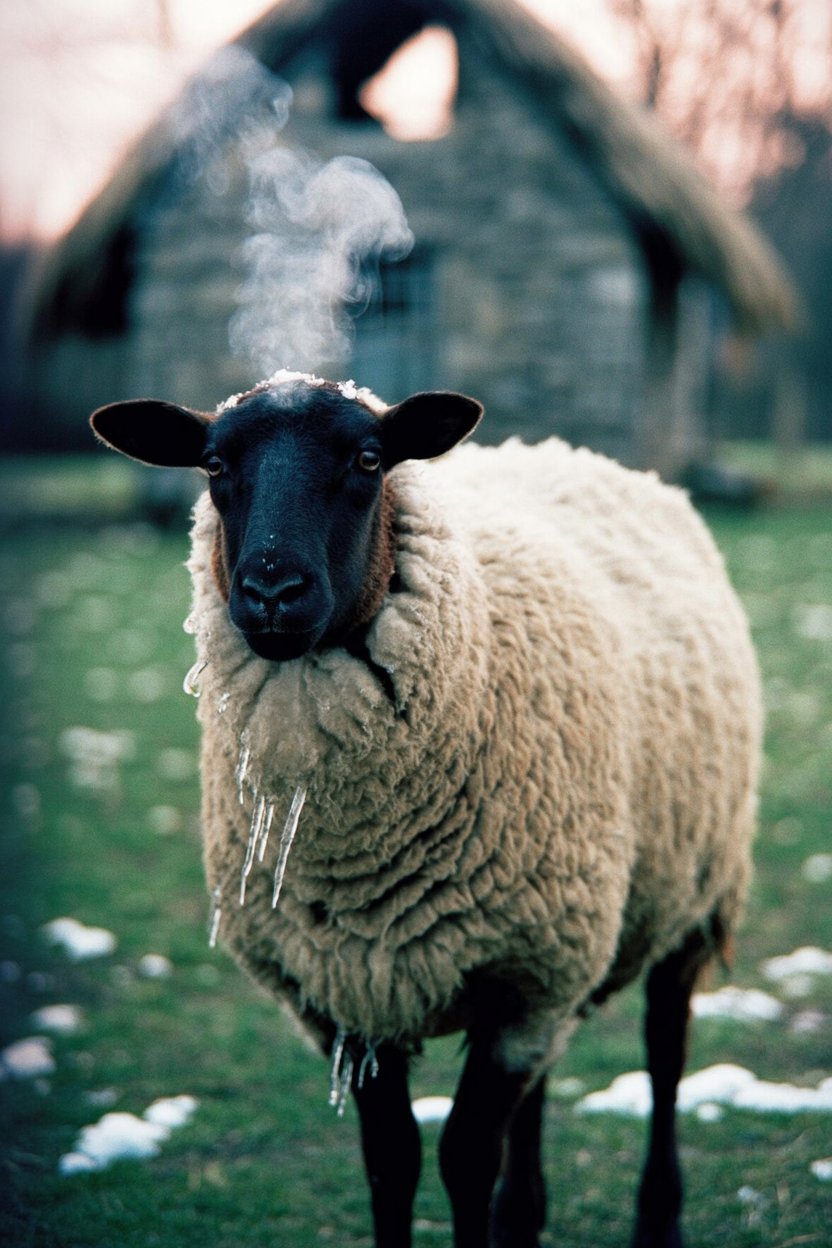
How To Say Ostara (And The Eostre Debate)
Pronunciation: oh-STAR-ah for Ostara
Pronunciation: AY-oh-struh or EE-oh-struh for Eostre
Here’s where things get complicated.
The goddess Eostre appears exactly once in historical sources. In 725 CE, the Venerable Bede, a monk in Northumbria, wrote that the Anglo-Saxons had called April Ēosturmōnaþ (Eostre’s month) and held festivals in her honor. Bede was a careful scholar, and his writings about Anglo-Saxon timekeeping appear reliable in other areas. But we have no other references to this goddess, no inscriptions, no poems, nothing.
Some scholars argue Bede genuinely recorded a local tradition that left no other trace. Others suggest he might have assumed a goddess existed based on the month name, following a pattern he saw in other Germanic calendars. The debate continues.
What we know: the word Eostre likely connects to a Proto-Indo-European root meaning “dawn” or “to shine,” which also gave us the word “east” (where the sun rises). The Greek goddess Eos, Roman Aurora, and Vedic Usas all share this linguistic ancestry. So whether or not Eostre was actively worshipped, the name fits a pattern of dawn goddesses across Indo-European cultures.
The sabbat name Ostara has a different origin entirely. In 1835, Jacob Grimm proposed that the German festival name Ostern (Easter) might derive from a Germanic goddess he reconstructed as Ostara. He was extrapolating from Bede’s single reference to Eostre, applying the linguistic shift from Anglo-Saxon to Old High German.
Then in 1974, Aidan Kelly, working on a Pagan calendar for the magazine Green Egg, wanted names for all eight sabbats. The four Celtic fire festivals (Samhain, Imbolc, Beltane, Lughnasadh) had names. Yule was well-known. But the spring equinox had no widely-used pagan name in English. Kelly borrowed Grimm’s “Ostara” and gave it to the spring equinox celebration.
So when you say “Ostara,” you’re using a modern term (1974) based on a scholarly reconstruction (1835) inspired by a single historical reference (725 CE). The word has weight, but it’s a different kind of weight than Samhain or Imbolc carry.
Many practitioners use “Spring Equinox” instead, which is perfectly fine. Others embrace the Ostara name as part of a living tradition that honors historical threads while creating new ones.
Spring celebration resources:
How To Say Beltane
Pronunciation: BEL-tayn (rhymes with “tell-rain”)
Beltane comes from Old Irish, likely meaning “bright fire” or “blazing fire.” The Online Etymology Dictionary breaks it down as *\bhel- (to shine, flash, burn) plus ten (fire).
The holiday marks the beginning of summer in the Celtic calendar. Historical records from 908 CE describe cattle being driven between two bonfires on Beltane as protection against disease before moving to summer pastures. The practice continued in some Irish communities into the 19th century.
One persistent myth claims the name relates to Baal, the Near Eastern deity. There’s no linguistic basis for this. The association likely stems from both words having “bel” sounds and fire imagery. But Beltane comes from Irish, and its roots trace clearly through Celtic languages, not Semitic ones.
The fires mattered because they marked transition. Cattle moving to summer grazing, the agricultural year shifting into growth and abundance, the lighter half of the year beginning. Fire served as both practical protection (smoke repelling insects and parasites) and ritual acknowledgment of the change.

How To Say Litha
Pronunciation: LEE-thuh or LIH-thuh
Litha is another Bede name borrowed by modern pagans. In his 725 CE calendar text De Temporum Ratione, Bede recorded that the Anglo-Saxons called June and July se ærra liþa and se æfterra liþa (the “before-Litha” month and the “after-Litha” month). The word possibly means “gentle” or “calm,” referring to mild weather and navigable seas.
Bede was documenting month names, not festival names. The Anglo-Saxons recognized the summer solstice, but whether they called it “Litha” is unclear from historical sources.
In 1974, Aidan Kelly needed a name for the summer solstice sabbat. He pulled “Litha” from Bede’s month names, giving the word a new function. Most modern pagans who say “Litha” are using Kelly’s coinage, though it borrows from genuine historical vocabulary.
Many practitioners simply say “Midsummer” instead, which has been used for summer solstice celebrations across European cultures for centuries. Shakespeare wrote A Midsummer Night’s Dream about the magic of this night. The word needs no scholarly reconstruction.
Summer solstice magic:
How To Say Lughnasadh Or Lammas
Pronunciation for Lughnasadh: LOO-nuh-suh
Pronunciation for Lammas: LAH-mus
Lughnasadh preserves a god’s name inside it. The word combines Lugh (an Irish deity associated with skill, oaths, and kingship) with násad (assembly or gathering). The holiday celebrates the first harvest and honors Lugh with games, feasting, and community gatherings.
In modern Irish, Lúnasa still means August. The continuity is direct. People have been saying some version of this word for over a thousand years, and it still means the same time of year and broadly the same activities (harvest celebrations, community feasting).
The god’s name matters here. Etymology reveals practice. This wasn’t just a harvest festival. It was Lugh’s assembly, a specific mythological and ritual context. The linguistic archaeology points to a named deity receiving honor at this time.
Lammas follows a different path. The word comes from Old English hlafmæsse (loaf mass), a Christian feast day celebrating the first wheat harvest. Communities would bring loaves made from new grain to church for blessing.
The timing overlaps with Lughnasadh (early August), and both mark harvest beginning. Some pagans use “Lammas,” some use “Lughnasadh,” some use both. The choice often depends on whether you want to emphasize Celtic roots or Anglo-Saxon agricultural tradition.
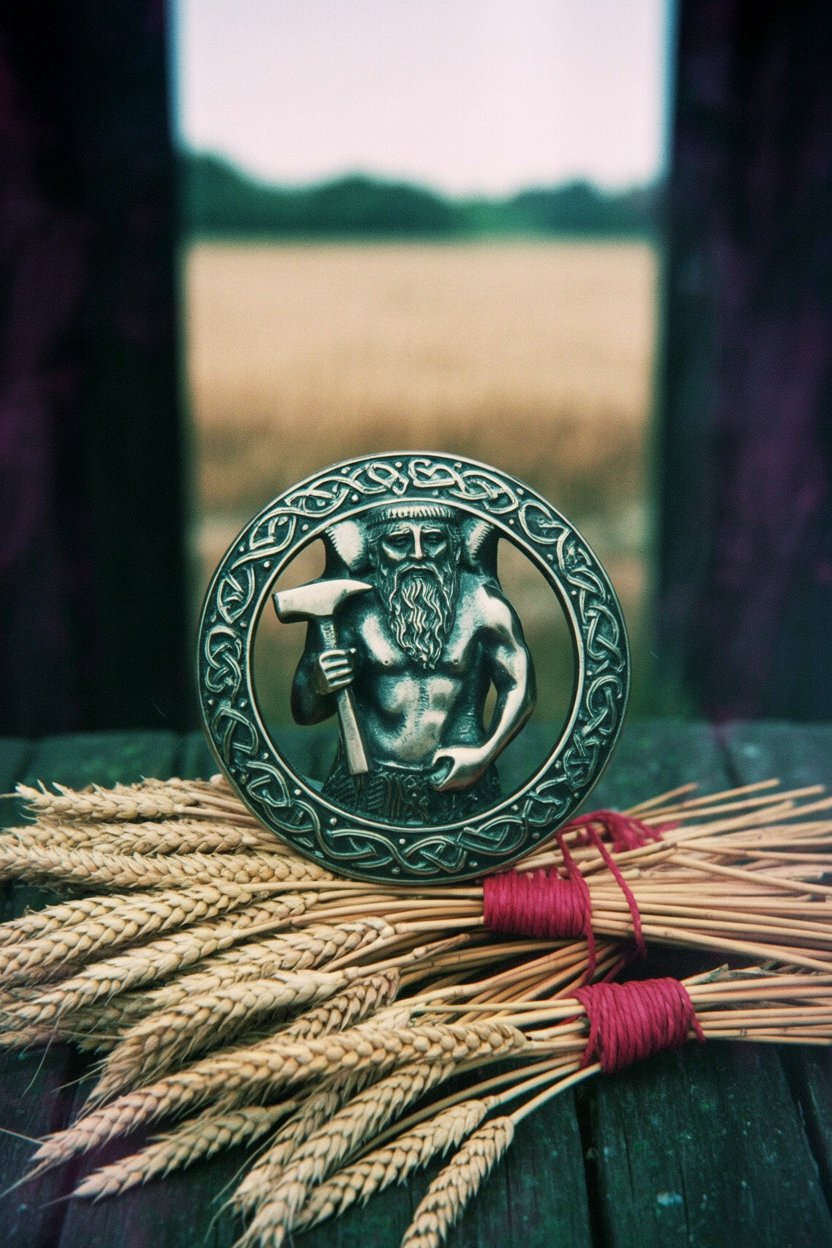
How To Say Mabon
Pronunciation: MAH-bon or MAY-bon
Mabon is the most openly modern name on the Wheel of the Year. The figure Mabon ap Modron appears in Welsh mythology, particularly Arthurian legends. The name derives from Proto-Celtic *\*makwos (son), and Modron comes from mātrīr (mother), so the story involves a divine son and mother pairing.
But according to Aidan Kelly himself, no ancient people called the autumn equinox “Mabon.” He invented the association in 1974 while compiling his Pagan calendar. He wanted aesthetic balance in the Wheel of the Year and chose names with Celtic and Anglo-Saxon connections where historical terms were missing.
Kelly wrote openly about this: “It offended my aesthetic sensibilities that there seemed to be no Pagan names for the summer solstice or the fall equinox equivalent to Yule or Beltane, so I decided to supply them.”
Some practitioners object to the name precisely because it’s modern. Others embrace it as part of a living tradition that creates new layers while honoring old ones. The Mabon mythology (a divine child stolen at birth and later rescued) resonates with autumn themes of loss and harvest, even if no historical Welsh community celebrated the equinox under this name.
The alternative is to say “Autumn Equinox” or “Harvest Home,” both of which have their own histories and carry no pretense of ancient origin.
The Pattern You’ve Probably Noticed
Four sabbats have deep linguistic roots in Celtic languages and appear in historical texts as seasonal festivals: Samhain, Imbolc, Beltane, and Lughnasadh. These are the ancient Celtic fire festivals, marking the traditional pastoral calendar’s major transitions.
Yule comes from Germanic languages and has been celebrated across Northern European cultures for over a millennium.
Ostara, Litha, and Mabon as sabbat names all come from Aidan Kelly in 1974. He drew on historical references (Bede’s Eostre and Litha month names, Welsh mythology’s Mabon) but applied them to the Wheel of the Year in a new way.
This doesn’t make the modern names less valid. Traditions evolve. New rituals emerge. The Wheel of the Year as eight evenly-spaced festivals is itself a modern construction, blending Celtic fire festivals with Germanic solar observations and creating something that serves contemporary practitioners.
But knowing which names have been spoken for centuries and which were coined fifty years ago lets you make informed choices about your practice. You can honor ancient roots where they exist. You can acknowledge modern creativity where it thrives. Both have their place.
When you say these names correctly, you’re participating in a living tradition that stretches back through Irish farmers watching ewes birth lambs in February, Anglo-Saxon communities lighting bonfires at midwinter, and forward through modern witches gathering to mark the seasons in a world that often ignores them.
The pronunciation matters because the words themselves carry that continuity. Get them right, and you’re speaking with everyone who came before.

